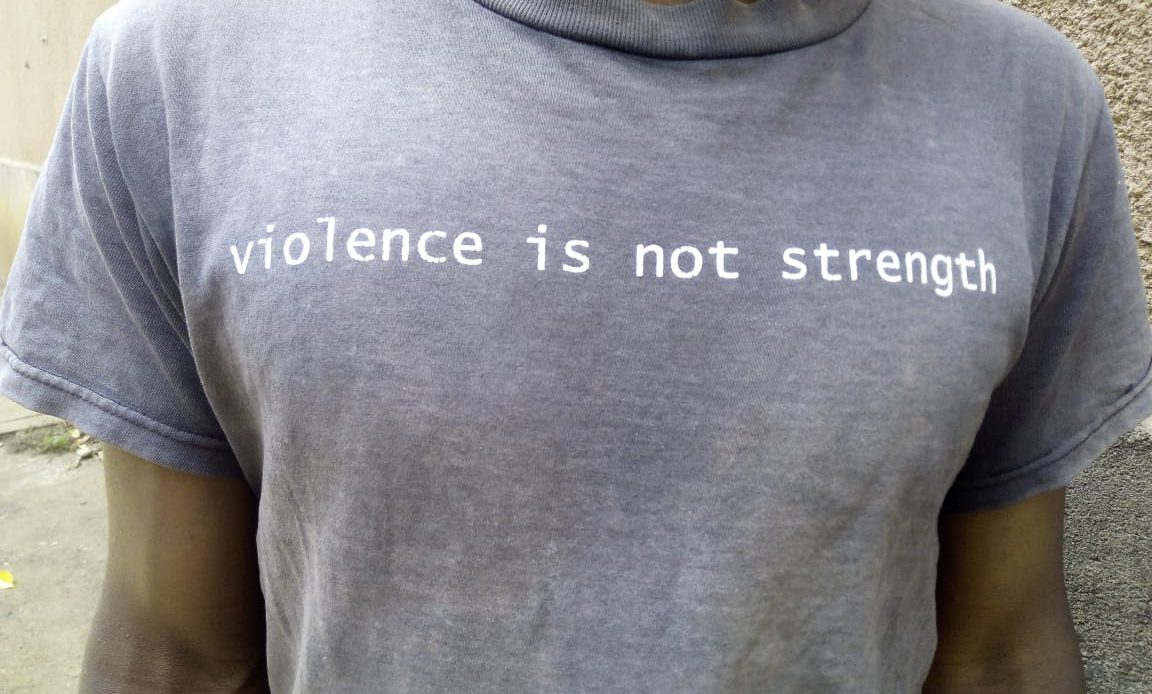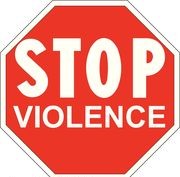This article was published in The Citizen Newspaper, Tanzania on 24th January 2023.
Of recent violence has been commonplace in the news. It is a sign that human society (with an informed mention of Tanzania) is becoming more and more impatient and unable to solve its problems in civilized and peaceful ways.
On the level of individuals, it is a sign that people are becoming hostile, tensed, easily irritable, and incapable of controlled expression of their negative energies and emotions such as anger, anxiety, frustration and fear.
There are also clear indicators that the causes of such behaviour are fundamentally complex and beyond the common. There are possibilities of extreme mental health conditions as well as cultural influence, more especially because these acts of violence have recorded higher counts in some parts (regions) of the country, and among some ethnic, linguistic, and cultural groups. There have been some gruesome and cruel acts recently which bring shock and fear, and raise questions as to how normal human persons can end up doing such.
While violence is not a new thing anywhere in the world, the cases we hear about frequently were on the low for some good time. The biggest problem which I believe should be prioritised, is the general use of physical force, brutality, and cruel behaviour of improvising household tools as weapons. Equitably, this appears to be a bigger challenge as weighed against spontaneous occurrences which are rare and hardly foreseeable.
Most of the cases we have heard about recently are domestic, or between people who have been acquainted with each other. This indicates that we need advocacy for open, amicable and accommodative dialogue. Failure to dialogue makes people measure and allocate what they think is an equal exchange to what triggers their negative energies and feelings. We need to drive home the point that human social relationships are not perfected, maintained, repaired, or safeguarded by the use of violence or aggression.

The fact that children learn mostly by replicating what they see and hear foresees how this trend will hardly end.
This is because by being members of these families and communities, they will grow up to become full-fledged adults with a jaundiced view regarding the use of violence and brutal behaviours.
They may in turn replicate in their later adult lives what they had seen while their growing up.
However, even when children do not become violent themselves, the fact that they have seen so much of it makes them passive and less engaged in avoiding and ending acts of violence around them.
According to studies, among the most common causes of violence and brutality are: first, being constantly on the receiving end of violence, brutality, abuse, or aggression. Secondly, Witnessing abuse and violence at home and in the community and not hearing anyone speaking against it, and thirdly, access to weapons or knowledge of what can be used as weapons, and compulsion to use them.
As such, in some people, the exposure has been defective in that violence has become attached to their worldview as well as general conduct and reactions.
Non-violence advocacy is nothing but creating and putting into practice alternative ways for people to solve their problems peacefully and safely through dialogue. There is nothing heroic in exchange for physical fists, brutal shedding of blood, endless acts of revenge, threats or any form of harm. While disagreements cannot be completely eliminated from society, the escalation of disagreements into physical harm and violent expression can certainly be controlled.
From childhood, society needs to mould its young people to be peaceful, and conscious reconcilers and advocates for peaceful conversations. This will help to help restore normal societal co-existence where they are as conflicts and violence can occur anywhere and at any time insofar as people come across each other.
On the contrary, however, many children seem to fancy the use of physical force, as it appears and appeals to them as the ultimate expression of strength based on how they are informed. This is how movies portray victory and heroism; and for some, it is the image of power and heroism they see in the family.

Indiscriminately, and incontestably, regardless of status or place, children are exposed to violent acts by adults around them as well as through media and modern entertainment.
About a decade and a half ago when I was in primary school, and later in secondary school, I recall clearly having analytic discussions with friends about who among the students can actually beat up everybody in a physical fight, both in the class and in the entire school.
We would actually cheer up fights just to satisfy our curiosity and clear controversy of ‘the strongest student’. We thought that was heroic, but it was truly not. Enlightenment comes with a burden of duty to advocate for what is truly right. It needs to be clear in our social learning that violence is not strength and is not heroic.
